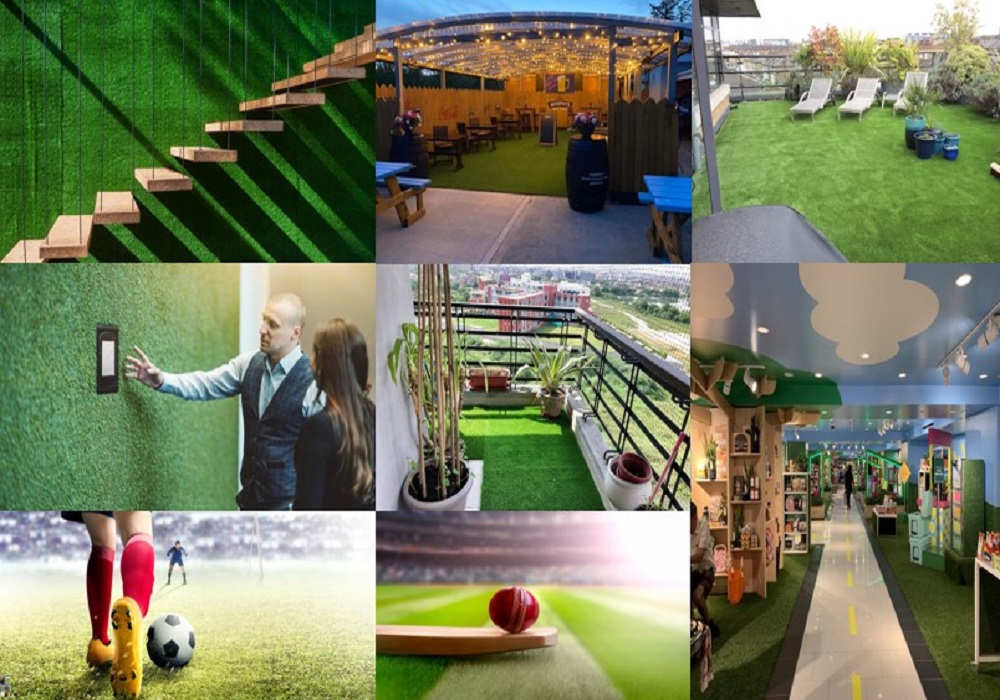artificialturf's blog
Real grass is frequently replaced by artificial grass in a
variety of uses. Artificial grass is also referred to as synthetic turf or fake
grass. Artificial grass has a number of features that make it a desirable
option for many homeowners and businesses, even while it may not exactly
duplicate the feel and ecological advantages of genuine grass. Here are some
explanations for why people think artificial grass is a great alternative to
actual grass:
The fact that artificial grass requires less upkeep is one
of its main advantages. Artificial grass eliminates these time-consuming and
expensive duties, in contrast to natural grass, which requires routine mowing,
watering, fertilizing, and pest management. It saves you time and money in the
long term because it doesn't need mowing, watering, or feeding.
Artificial grass is made to be incredibly tough and
resilient. It is perfect for situations where natural grass may struggle to
grow or become damaged because it can handle high foot activity. The synthetic
fibres used to create artificial grass are often resistant to fading, UV ray
damage, and regular wear and tear, preserving its lush appearance for years.
With
artificial grass, you can enjoy a consistently green and manicured lawn all
year round. It doesn't get affected by seasonal changes, weather conditions, or
pests. Whether it's winter or summer, your lawn will maintain a vibrant and
well-maintained look, providing an attractive backdrop for outdoor activities
and enhancing the curb appeal of your property.
Artificial grass is an
eco-friendly option as it doesn't require watering. In regions where water
scarcity is a concern or where water usage restrictions are in place,
artificial grass can help reduce water consumption significantly. It eliminates
the need for irrigation, reducing your environmental impact and water bills.
Artificial
grass can be used in various settings and applications. It is commonly used for
residential lawns, sports fields, playgrounds, rooftop gardens, commercial
landscapes, and even indoor spaces. Its versatility allows for creative design
possibilities, including unique shapes, patterns, and landscaping features.
Artificial
grass is an excellent alternative for individuals with grass allergies. It
doesn't release pollen or trigger common grass-related allergies. Additionally,
it eliminates the need for pesticides and insecticides, reducing the risk of
pests and insects that can infest natural grass.
Artificial
grass may initially cost more to install than genuine grass, but in the long
run it may be a more cost-effective option. Artificial grass can cost less over
time because to fewer upkeep requirements, lower water costs, and a lack of
expensive lawn care equipment.
It's
crucial to keep in mind that synthetic grass doesn't offer the same ecological
advantages as actual grass, such as oxygen production, improved soil health,
and carbon sequestration. Artificial grass, on the other hand, can provide an
appealing and useful option in circumstances when maintaining a real lawn is
difficult or impracticable because to its low maintenance requirements,
longevity, and uniform appearance. Besides this artificial vertical garden is also very popular for home decor.

